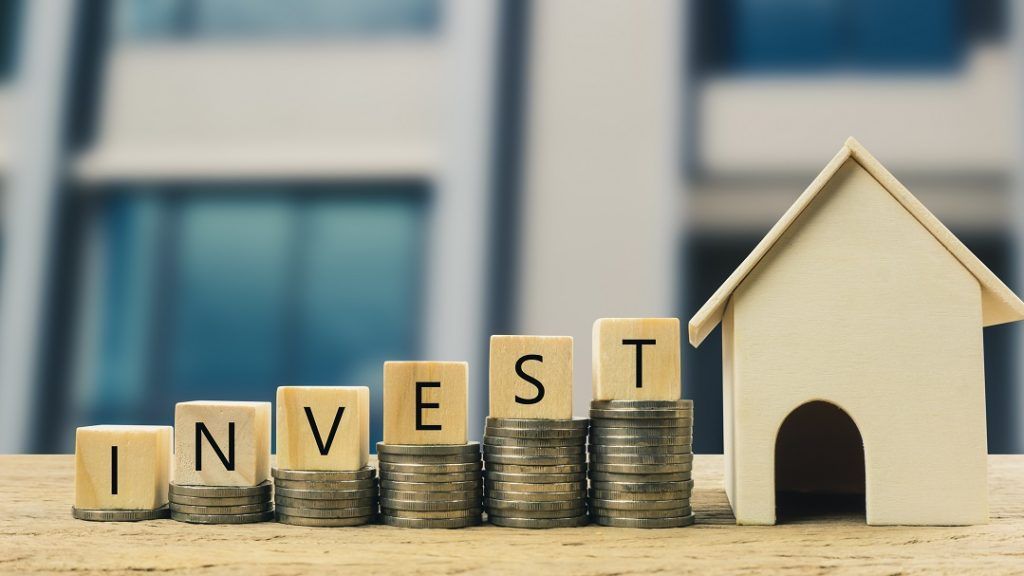
How to Invest Your First Salary: A Beginner’s Guide to Building Wealth
Landing your first job and receiving that first paycheck is an exhilarating milestone. After taxes and expenses, you finally have some disposable income—a chance to start building a future where money works for you. Investing your first salary can seem daunting, but it’s one of the most powerful steps you can take toward long-term financial security. This guide will walk you through the essential steps, strategies, and considerations to help you make informed decisions and embark on your investment journey.
1. Assess Your Financial Situation
Before diving into the world of investments, it’s crucial to take stock of your current financial standing.
- Calculate Your Income and Expenses: Create a detailed budget that outlines your monthly income and all your expenses (rent, utilities, transportation, food, entertainment, etc.). This will help you understand how much you can realistically allocate to savings and investments.
- Identify Your Debt: List all your debts, including student loans, credit card balances, and any other outstanding obligations. Note the interest rates for each. High-interest debt should be a priority for repayment before you start aggressively investing.
- Set Financial Goals: Determine what you want to achieve with your investments. Are you saving for a down payment on a house, retirement, travel, or a specific purchase? Your goals will influence your investment timeline and risk tolerance.
- Determine Your Risk Tolerance: Consider how comfortable you are with the possibility of losing money. Investments that offer higher potential returns often come with higher risks. Understanding your risk tolerance will help you choose investments that align with your comfort level.
2. Build an Emergency Fund
Before investing, it’s essential to establish an emergency fund. This is a readily accessible savings account that can cover unexpected expenses like medical bills, car repairs, or job loss.
- Aim for 3-6 Months of Living Expenses: Ideally, your emergency fund should contain enough money to cover three to six months of essential living expenses.
- Keep It Liquid: Store your emergency fund in a high-yield savings account, money market account, or other easily accessible account. The goal is to have quick access to the funds without risking their value.
- Replenish After Use: If you need to use your emergency fund, make it a priority to replenish it as soon as possible.
3. Pay Down High-Interest Debt
Debt with high-interest rates, such as credit card debt, can significantly hinder your financial progress. Before investing, focus on paying down these debts.
- Prioritize High-Interest Debt: Focus on paying off debts with the highest interest rates first. This will save you money in the long run.
- Consider Debt Consolidation: If you have multiple debts, consider consolidating them into a single loan with a lower interest rate.
- Avoid Accumulating More Debt: Be mindful of your spending habits and avoid accumulating new debt, especially on credit cards.
4. Understand Investment Options
Once you have an emergency fund and have addressed high-interest debt, it’s time to explore different investment options.
- Stocks: Represent ownership in a company. Stocks can offer high potential returns but also come with higher risk.
- Bonds: Represent a loan to a government or corporation. Bonds are generally less risky than stocks and offer a fixed income stream.
- Mutual Funds: Pools of money from multiple investors that are managed by a professional fund manager. Mutual funds offer diversification and can be a good option for beginners.
- Exchange-Traded Funds (ETFs): Similar to mutual funds, but they trade on stock exchanges like individual stocks. ETFs often have lower fees than mutual funds.
- Real Estate: Investing in property can provide rental income and potential appreciation. However, real estate investments require significant capital and ongoing management.
- Retirement Accounts: Take advantage of employer-sponsored retirement plans like 401(k)s or 403(b)s. Contribute enough to receive any employer matching contributions, as this is essentially free money.
5. Start Small and Be Consistent
Investing doesn’t require a large sum of money to start. The key is to start small and be consistent.
- Dollar-Cost Averaging: Invest a fixed amount of money at regular intervals (e.g., monthly) regardless of market conditions. This strategy helps reduce the risk of buying high and selling low.
- Automate Your Investments: Set up automatic transfers from your bank account to your investment account. This makes it easier to stick to your investment plan.
- Reinvest Dividends: If your investments generate dividends, reinvest them to purchase more shares. This can accelerate your returns over time.
6. Consider Retirement Accounts
Retirement accounts offer tax advantages that can significantly boost your savings over time.
- 401(k) or 403(b): If your employer offers a retirement plan, take advantage of it. Contribute enough to receive any employer matching contributions.
- Traditional IRA: Contributions may be tax-deductible, and earnings grow tax-deferred.
- Roth IRA: Contributions are made with after-tax dollars, but earnings and withdrawals in retirement are tax-free.
- Health Savings Account (HSA): If you have a high-deductible health insurance plan, consider contributing to an HSA. Contributions are tax-deductible, earnings grow tax-free, and withdrawals for qualified medical expenses are tax-free.
7. Diversify Your Investments
Diversification is the practice of spreading your investments across different asset classes, industries, and geographic regions.
- Don’t Put All Your Eggs in One Basket: Diversification helps reduce risk by ensuring that your portfolio is not overly reliant on any single investment.
- Consider a Target-Date Fund: These funds automatically adjust their asset allocation over time, becoming more conservative as you approach your retirement date.
8. Educate Yourself and Seek Advice
Investing is a lifelong learning process.
- Read Books and Articles: There are countless resources available to help you learn about investing.
- Take Online Courses: Many online platforms offer courses on investing, personal finance, and related topics.
- Consult with a Financial Advisor: If you’re unsure where to start or need personalized advice, consider working with a qualified financial advisor.
9. Monitor and Adjust Your Portfolio
Regularly review your investment portfolio to ensure it aligns with your goals and risk tolerance.
- Rebalance Your Portfolio: Over time, some investments may outperform others, causing your portfolio to become unbalanced. Rebalancing involves selling some of your winning investments and buying more of your underperforming investments to restore your desired asset allocation.
- Adjust Your Contributions: As your income increases, consider increasing your investment contributions to accelerate your progress toward your financial goals.
- Stay Informed: Keep up with market trends and economic news that could impact your investments.
10. Avoid Common Investing Mistakes
- Emotional Investing: Making investment decisions based on fear or greed can lead to poor outcomes.
- Chasing Hot Stocks: Investing in trendy stocks or assets without understanding their fundamentals can be risky.
- Ignoring Fees: Pay attention to the fees associated with your investments, as they can eat into your returns over time.
- Procrastinating: Don’t wait until you have a large sum of money to start investing. The sooner you start, the more time your investments have to grow.
Conclusion
Investing your first salary is a crucial step toward building long-term financial security. By assessing your financial situation, building an emergency fund, paying down high-interest debt, understanding investment options, and consistently investing, you can start building wealth and achieving your financial goals. Remember to stay informed, seek advice when needed, and avoid common investing mistakes. With discipline and patience, you can turn your first salary into a foundation for a brighter financial future.



